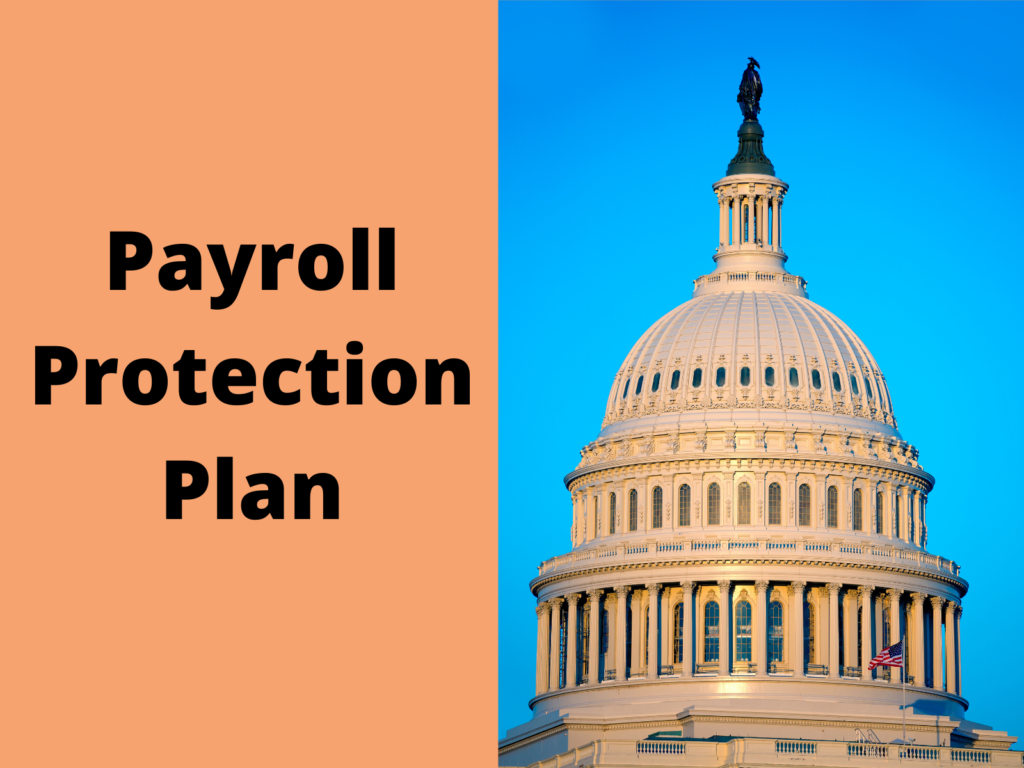
The Payroll Protection Program (PPP) is a Small Business Association program funded by the CARES act. It was enacted as part of the federal government’s stimulus package in response to the COVID-19 pandemic-related economic shutdown.
The PPP provides low-interest (1%), no-fee loans that will be forgiven (converted to grants) if all employees are kept on the payroll for eight weeks and 75% of the funds are used for payroll, and the other 25% for rent, mortgage interest, or utilities. If the number of employees or the amount of salaries paid decreases, a portion of the loan will have to be paid back at the 1% interest rate.
If You Received or Applied for and Are Hoping to Receive a PPP Loan
1. Set up a separate Account for the money
Because this money has to be used for specific expenses in a specific time frame, having a separate account will make it much easier to document as needed for forgiveness.
2. Track the money carefully
An application for forgiveness will have to be submitted after the eight-week period during which employees were kept on payroll has ended.
- Use this PPP Tracker from Dent Moses LLP.
- Many payroll services are also offering assistance in tracking the use of PPP funds.
3. Payroll taxes can be deferred until the forgiveness is determined
4. The eight-week period for use begins the day of or day after you receive the money
5. Further guidance on the forgiveness regulations are forthcoming
This is creating uncertainty about how businesses can use the money and what they need to track. Some things to consider as best practice:
- Set up a separate account for these funds!
- Collect documentation of how you spent this money diligently as you go
- Canceled checks, receipts, and payroll documents will be required
- The audit process is likely to be stringent so use the money as intended—for payroll, rent, mortgage interest, or utilities
- Keep payroll consistent from the time you applied until you used the money because forgiveness will be decreased by decreases in the number of employees or amount of payroll over
- It is suggested not to change payroll or headcount during the eight-week period because guidance on the forgiveness is still forthcoming–a literal reading of the CARES Act suggests that decreases in forgiveness may be calculated by each individual employee
- Track individual employee’s pay over the eight-week period
- Do not change pay for any one group of employees by more than another group’s and better still, do not change pay during the eight-week period
6. Pay only for services that are provided during the eight-weeks
- If payroll is going out less than one payroll period after you receive the funds consider cutting two payroll checks
- one for before you received the money from your regular accounts
- one for after you received the money from your separate PPP account
7. Submit forgiveness documentation as early as possible
- It is expected that forgiveness documentation can be filed 10-20 days after the eight-week period for using the funds is over
- Forgiveness applications and documentation will be due in December; however, because the volume will be high it is much better to submit your application as early as possible
Stay Tuned for Further Guidance from Smart Business Great Medicine! Check out this useful video discussion of PPP from Dent Moses.
Follow us on Twitter, Facebook, and LinkedIn to stay informed.



… [Trackback]
[…] Find More on that Topic: smartbusinessgreatmedicine.com/using-payroll-protection-program-money/ […]